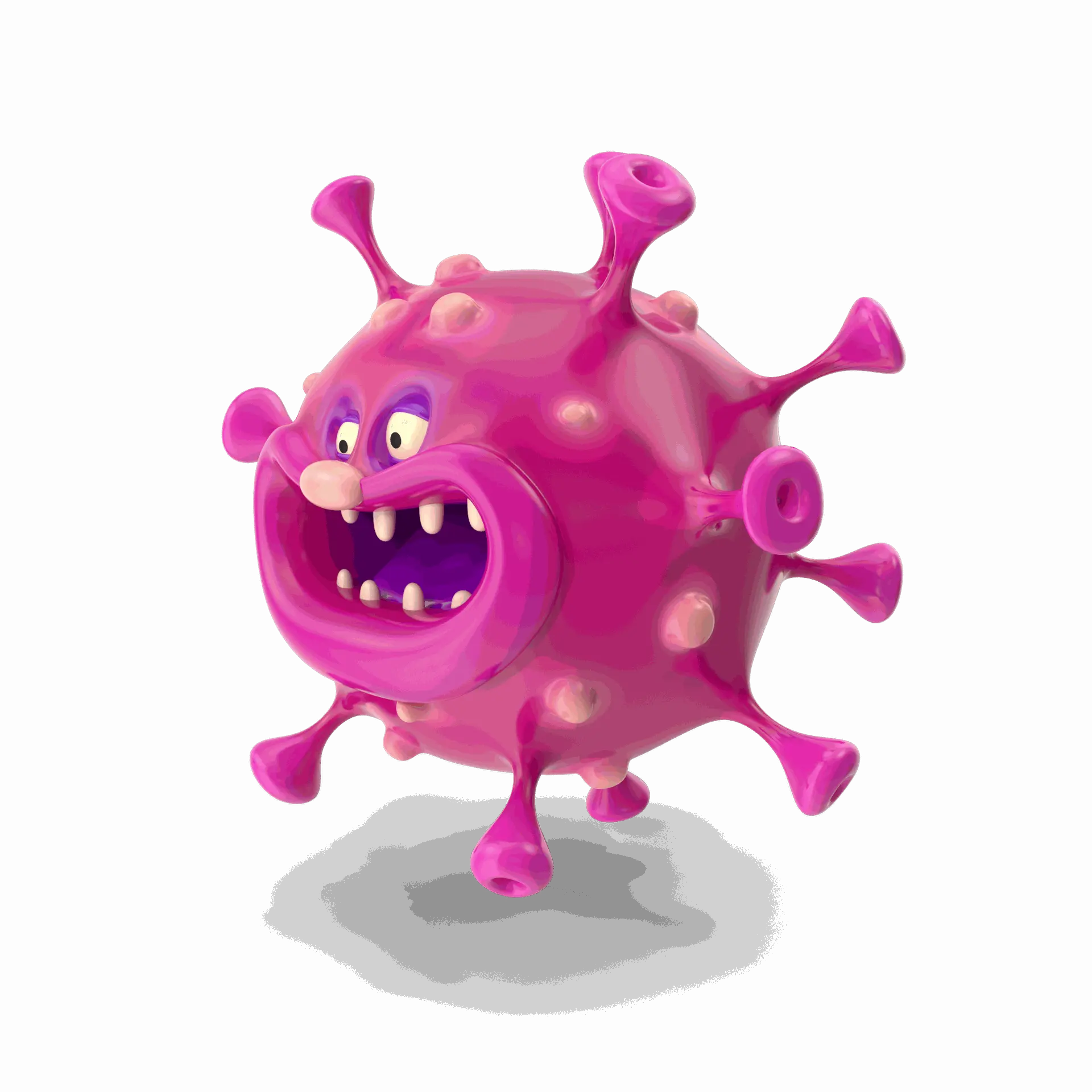Let's discover Alphasatellites !
Overview of Alphasatellites
Alphasatellites belong to the family Alphasatellitidae, consisting of satellite viruses that are single-stranded DNA molecules. These viruses rely on helper viruses to replicate their genomes. As a result, their genomes are minimalistic with little redundancy, typically consisting of a circular single-strand DNA molecule. The first alphasatellites were identified in 1999, primarily in association with diseases like cotton leaf curl disease and Ageratum yellow vein disease. While most alphasatellites are found in the Old World, a few have been isolated in the New World, although their interactions with their respective host viruses remain under study.


Genome Structure
The genome of alphasatellites is typically between 1300 and 1400 nucleotides long. It contains three conserved features: a hairpin structure, a single open reading frame (ORF), and an adenine-rich region. The hairpin structure includes a nonanucleotide loop, TAGTATTAC, which is critical for the virus's replication process. This sequence is common in nanoviruses and differs slightly from the TAATATTAC sequence found in geminiviruses. The ORF encodes a rolling circle replication initiator protein (Rep), which is similar to proteins in nanoviruses and plays a key role in viral DNA replication. The adenine-rich region, located downstream of the Rep gene, contains 153–169 nucleotides and is thought to be redundant, with phylogenetic analysis identifying three clades based on this region.

Virology and Host Interactions
Unlike traditional viruses, alphasatellites do not possess distinctive virions. Instead, their genomes are encapsidated within the coat protein of the helper virus. Alphasatellites associated with begomoviruses require these viruses for movement within plants and for insect transmission but are capable of self-replication within host plants. Notably, they do not cause diseases by themselves nor appear to significantly alter the infection process of the begomovirus. However, some studies suggest that alphasatellites may reduce the severity of begomovirus infections. Additionally, alphasatellites associated with the Nanoviridae family are slightly shorter in genome length but encode additional proteins. Recombination events can occur between different alphasatellites, and these viruses may be targets for RNA silencing mechanisms in plants.